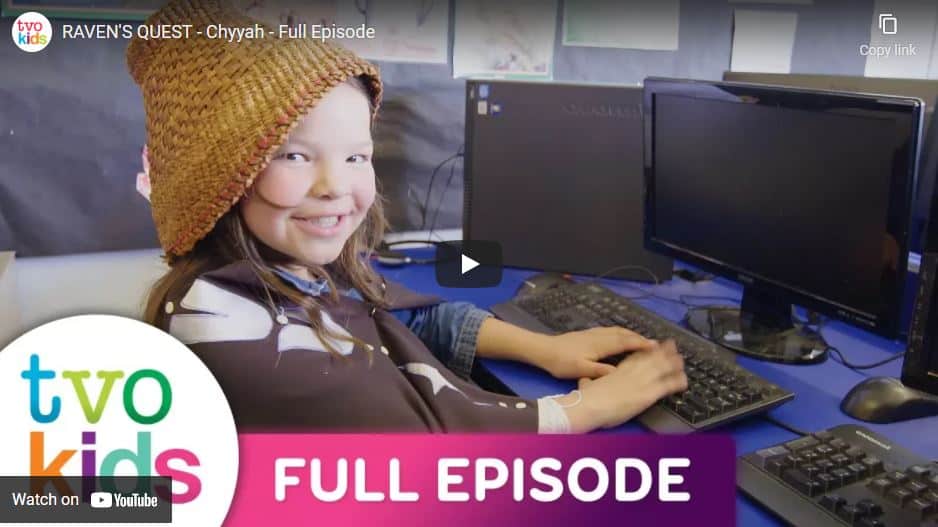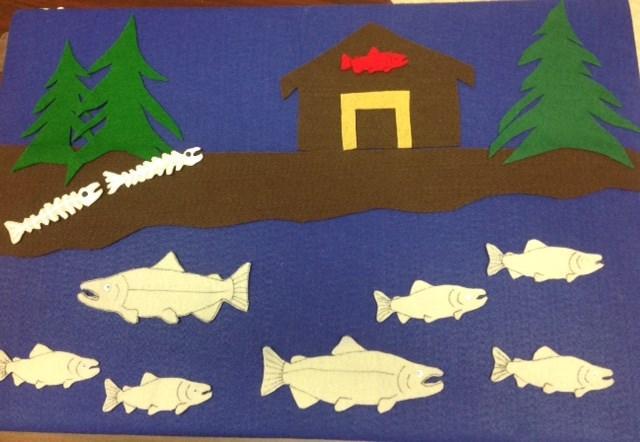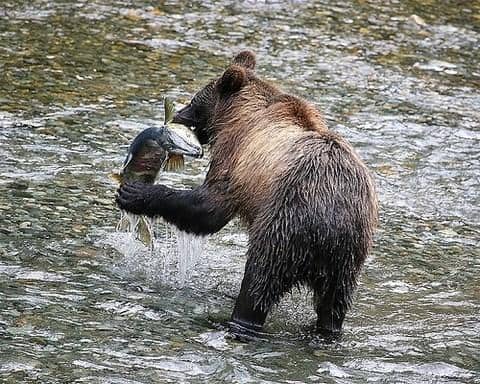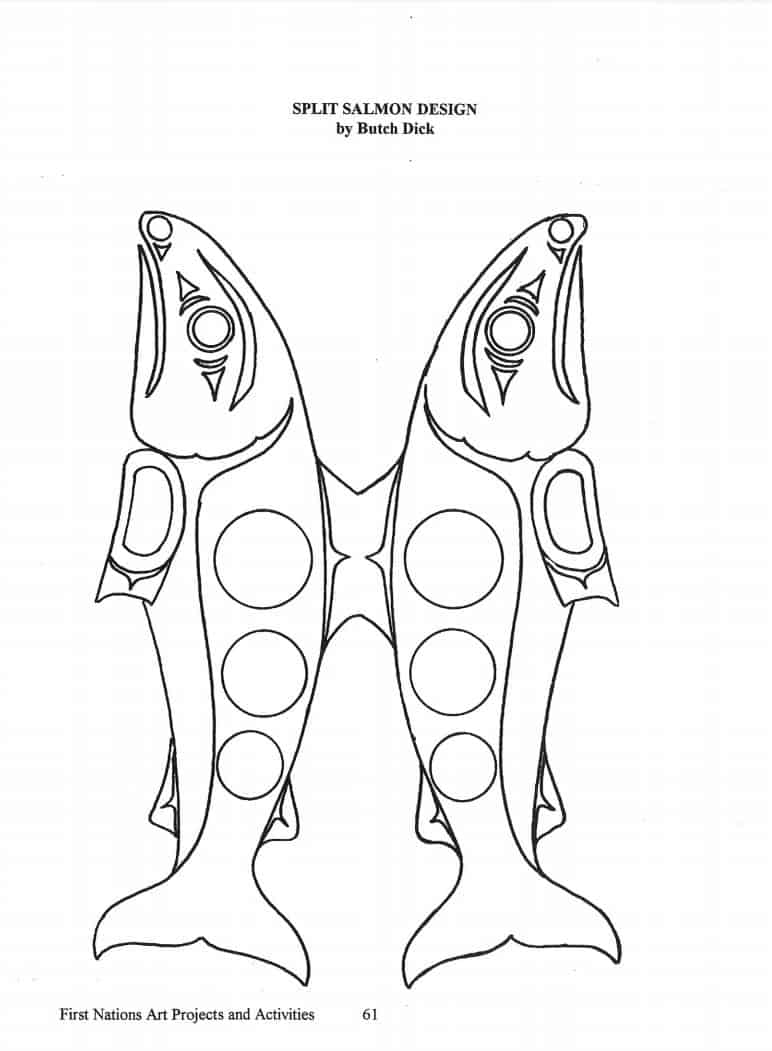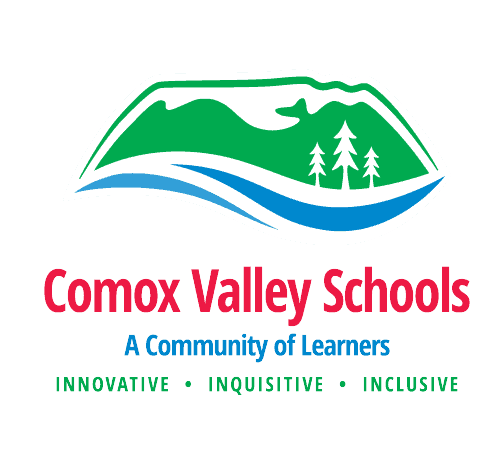Salmon
Preparing and Smoking Salmon
With ƛ̓akʷapika, Lelaina Jules, one of our SD71 district curriculum support teachers.
Thinking Like a Scientist: A Salmon Inquiry
by School District 71 (Comox Valley). Thank you to Mrs. Bowley, Mrs. Dickson, Mr. Nowell, Mrs. Rehnby and their grade 1, 2 and 3 students for sharing their learning at Queneesh Elementary. Also, Doug David, Curriculum Support Teacher, Indigenous Support Worker, Sally Sheehan, Salmon Song by Indigenous Support Worker, Shannon Campbell
Thinking Like a Scientist: A Salmon Inquiry from Doug David on Vimeo.
Salmon BBQ
Vancouver Island and Coastal Communities Indigenous Food Conference at Cape Mudge
It’s hard to quantify the enormous impact a simple fish has had on the Aboriginal people of British Columbia. But the salmon has been a vital part of First Nations diet, economy and mythology for centuries. Before European contact, salmon was an important trade item, and featured prominently in a wide variety of legends, art and spiritual ceremonies.
In some stories, salmon are considered returning relatives, further personalizing and deepening the connection to the Aboriginal people who depended on salmon for survival and sustenance. It was also a versatile food, which could be eaten fresh from a catch, or dried in a smoke house for the winter months… a tradition still practised today. Perhaps that is the ultimate lesson.
Elder Philips says the salmon reminds us of the struggles each of us has to go through, but it also continues to teach us about the past, the importance of honouring tradition and our own place in the cycle of life.
Click on the following link to learn how local Tsleil-Waututh people managed the salmon fishery in a sustainable way: “The Tsleil-Waututh practices highlight the importance of properly managing a fishery as governments scramble to find a way to save the troubled salmon populations. “
TVO Raven’s Quest – Chyyah
Chyyah is an 8-year-old girl from the NuChaNulth Nation, in Port Alberni, British Columbia. Chyyah loves arts and crafts; she shows us some of the beautiful projects she’s made. She participates in a school assembly where all the kids learn about their culture and honour the salmon, an important food for her community.
Salmon Smoke House Video
Watch the salmon smoke house video in the link below from Cowichan Valley School District #79 Aboriginal Integration Project.
Video of Frank Assu in a traditional salmon smokehouse:
Some pictures from Gord McMahon’s, teacher at Highland, summer fishing adventures:
West Coast Trolling Around Haida Gwaii
Salmon Literature – picture books, non-fiction
Saanich Moons
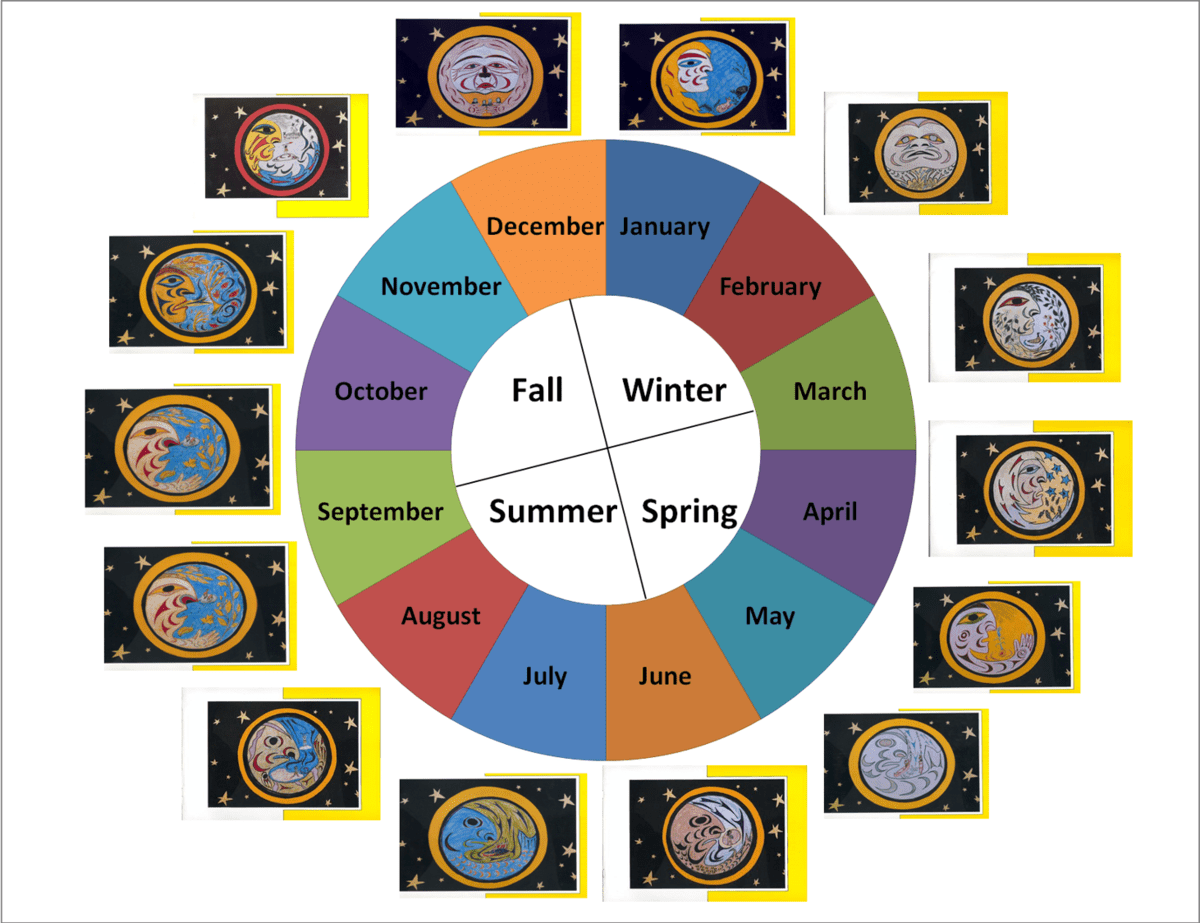
Saanich Moons, which are representative of the seasonal round in the Saanich area, and 4 months are named for different types of salmon. Most Aboriginal cultures had named moons to represent what was found in nature in their territory and needed to survive and live a healthy life.
Aboriginal Moons kit with the Saanich Moons book included can be found at LRC
And you can also use this powerpoint and see link for information about each month.
The Saanich Year
Strength of the River – Laxwesa Wa
(Film found in SD71 LRC)
A film by Barb Cranmer is 54 minutes long. Excellent source for demonstrating how important salmon and the fishery is to Indigenous people today and in the past.
As distinct fishing societies of great spiritual, cultural and economic wealth, First Nations have always respected the resources of their rivers and oceans. But within their own lifetime, they have watched governments “manage” the fishery into a state of crisis. Now it’s time for people to listen to what Natives have to say. Filmmaker Barb Cranmer, a member of the ‘Namgis First Nation, explores the rich fishing traditions of the Sto:lo Heiltsuk and ‘Namgis peoples of Canada’s West Coast in Laxwesa Wa – Strength of the River. With over fifteen years’ experience fishing Johnstone Strait with her father, Cranmer presents rarely heard stories of traditional fishing practices and documents Native peoples’ efforts to build a sustainable fishery for the future.
Kwak’wala and Sliammon words for Salmon
Found in the attached PowerPoint with audio embedded. Words found from First Voices. Kids love practicing these words!
First Salmon Ceremony
The version of this story, we have used for the felt board version, can be found in the following book, From Time Immemorial. The First People of the Pacific Northwest Coast
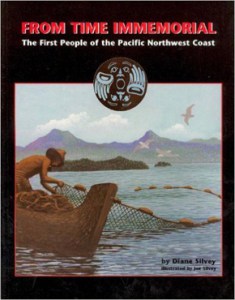
First Salmon Ceremony and Front Loading Drama Strategy
The above document contains the story, First Salmon Ceremony.
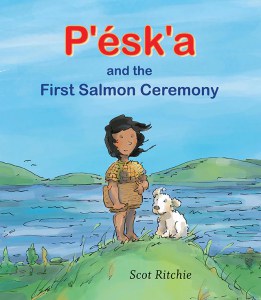
Peska and the First Salmon Teacher Resource
“Framed as an exploration of what life was like one
thousand years ago, P’ésk’a and the First Salmon
Ceremony describes the customs of the Sts’ailes
people, an Indigenous group who have lived on the
Harrison River in British Columbia for the last 10,000
years. Includes an introductory letter from Chief
William Charlie, an illustrated afterword and a
glossary.”
Salmon Puppet
Great for retelling of the story afterwards. For easier cutting for the little ones, fold the salmon paper first, then cut a bubble/circle around the salmon instead. Glue only on one side of paper only and a little bit on the stick for easier line up on popsicle stick.
Split Salmon Design by Butch Dick
Meet the artist, Butch Dick from Victoria BC:
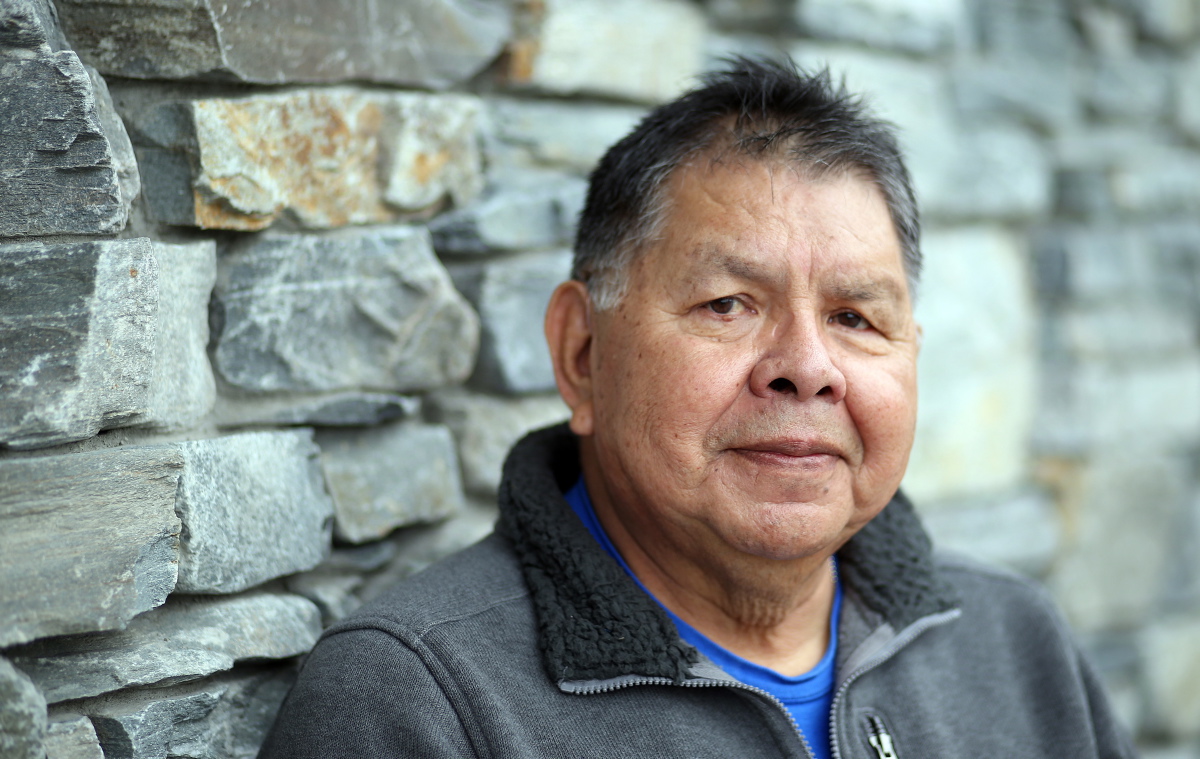
Salmon Ceremony Powerpoint
by Shannon Campbell from the Sto:lo Nation
Salmon Forest
For the science aspect on the health of a salmon forest, see this article: Pacific Underwater: Salmon don’t grow on trees, but trees grow on salmon.
Or this case study,
Case Study Why Trees Need Salmon
Salmon and the Forest: David Suzuki speaks of the interconnectedness of organisms in the pacific northwest.
Hell’s Gate Disaster
Hell’s Gate Disaster (an article from the First Nations: The Circle Unbroken Video Series Teacher Guide) – carelessness, greed nearly destroyed salmon run: rock slides caused by railway construction blocked the Fraser River at Hell’s Gate.
First Nations: NFB The Circle Unbroken Videos can be found through the LRC.
On video 6 find the two films: Strength of the River: Fishing the Fraser River and Strength of the River: Fishing on the Coast.

